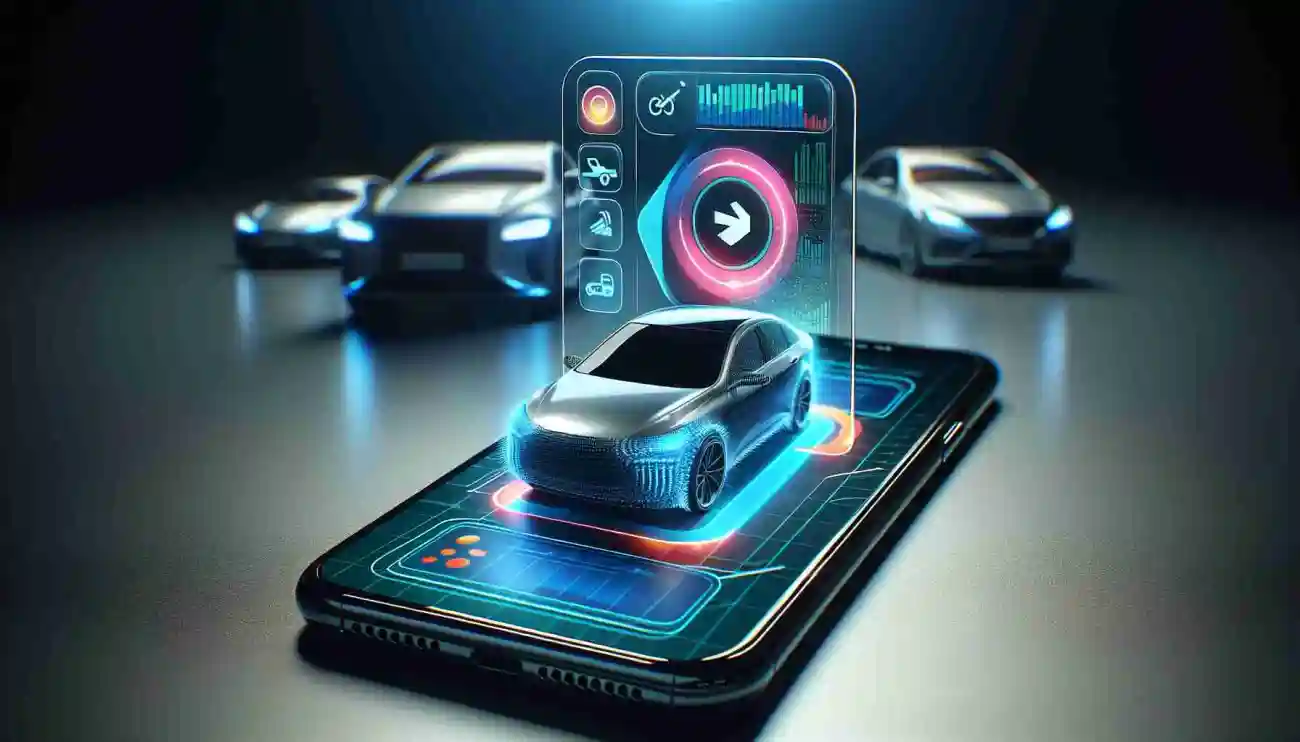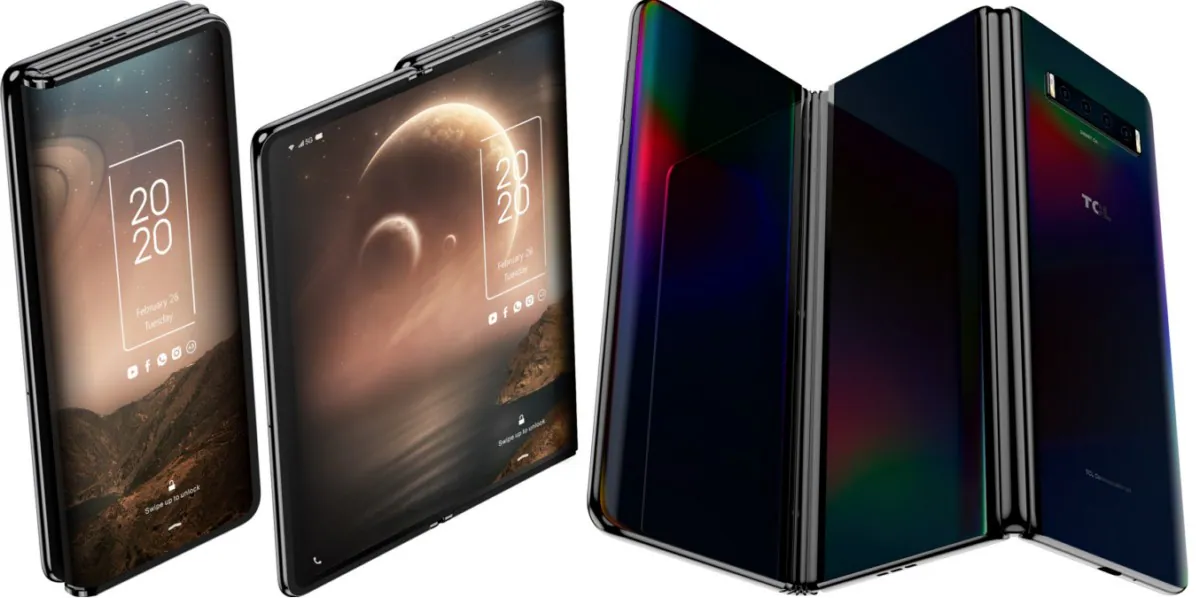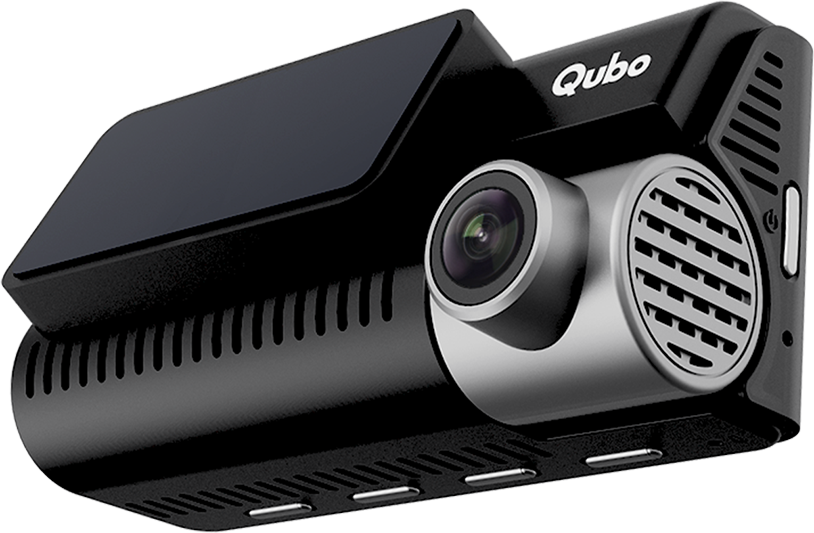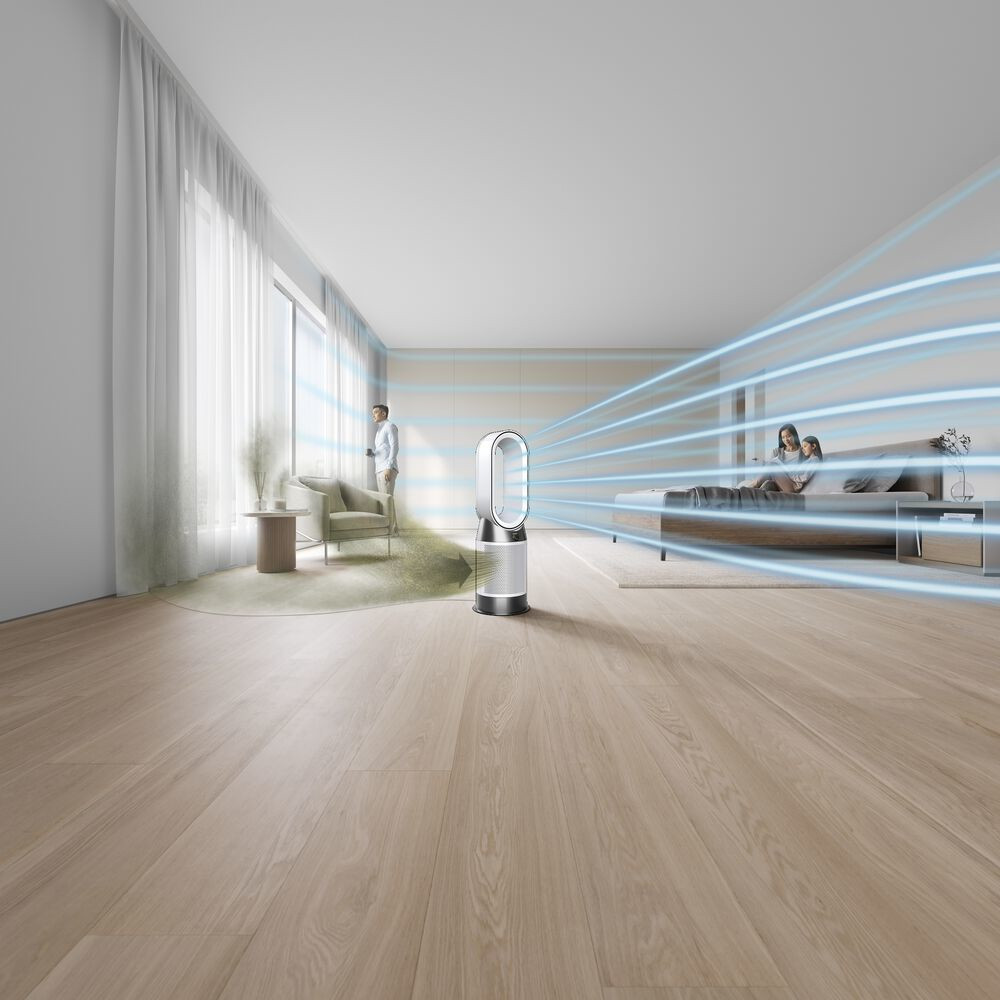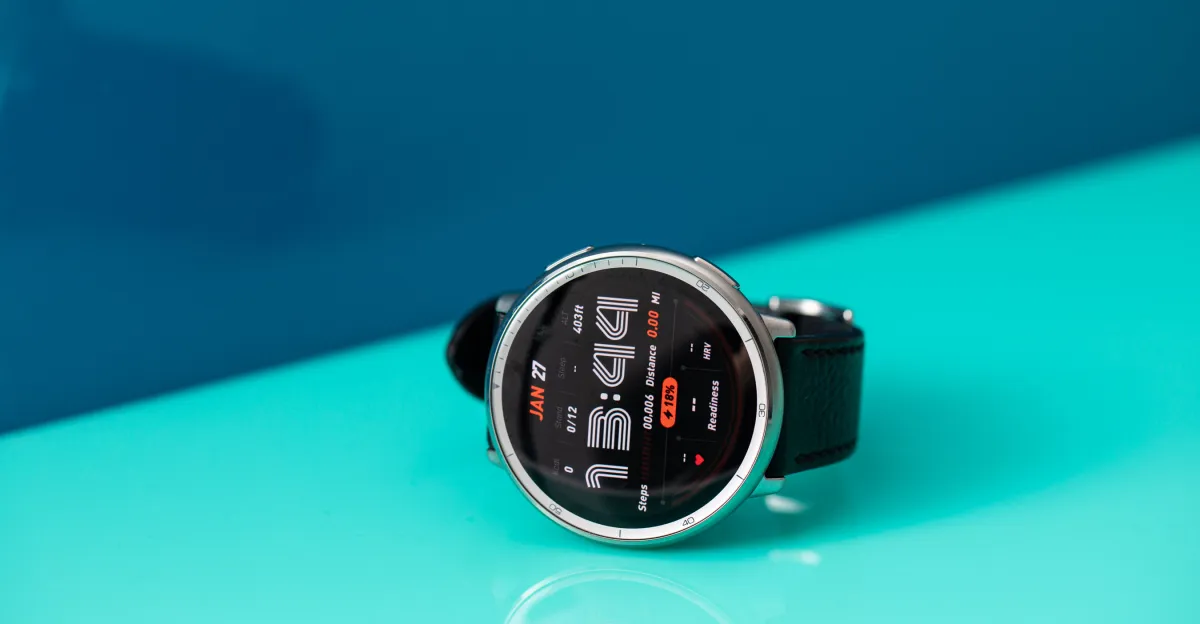Apple has unveiled a new feature aimed at reducing motion sickness for iPhone and iPad users: Vehicle Motion Cues. This innovation, part of the upcoming iOS 18, promises to make using devices in moving vehicles a more comfortable experience for those prone to motion sickness.
What Are Vehicle Motion Cues?
Vehicle Motion Cues is a feature designed to mitigate motion sickness by addressing the sensory conflict between what users see on their screens and what they feel in a moving vehicle. This conflict often leads to discomfort and nausea, making it difficult for passengers to use their devices while traveling.
The feature works by displaying animated dots on the edges of the iPhone or iPad screen. These dots move in sync with the motion of the vehicle. For example, when the car turns left, the dots will move right, mimicking the sensation of movement. Similarly, during acceleration or braking, the dots move vertically, reflecting the change in motion. This visual feedback helps align the sensory input from the eyes with the physical sensations felt by the body, reducing the likelihood of motion sickness.
How to Use Vehicle Motion Cues
Vehicle Motion Cues can be enabled through the Control Center on devices running iOS 18. Users can choose to have the feature activate automatically when motion is detected, or they can turn it on manually. This flexibility allows users to decide when they need the extra help to avoid motion sickness.
In addition to Vehicle Motion Cues, iOS 18 will include other accessibility features such as enhanced CarPlay options with voice controls and sound recognition, which offers visual alerts for auditory signals like car horns or sirens. These updates are part of Apple’s broader effort to make its devices more user-friendly and inclusive for people with various needs.
Impact and Reception
The introduction of Vehicle Motion Cues has been met with interest and some skepticism. While the concept of using animated dots to alleviate motion sickness seems straightforward, it remains to be seen how effective it will be in practice. Apple’s internal testing suggests that this method can significantly reduce the discomfort associated with using devices in a moving vehicle, but user feedback after the feature’s release will be crucial in determining its success.
The broader significance of this feature lies in Apple’s commitment to improving accessibility and user experience. By addressing a common issue like motion sickness, Apple demonstrates its dedication to making technology more usable for everyone, including those who might have previously avoided using their devices while traveling due to discomfort.

